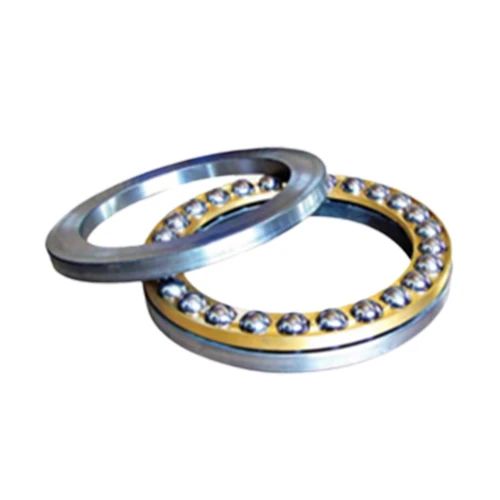Thrust ball bearings are composed of three parts: seat ring, shaft ring and steel ball cage assembly. The one that matches the shaft is called the shaft ring, and the one that matches the shell is called the seat ring.
According to the force analysis, they are divided into one-way thrust ball bearings and two-way thrust ball bearings. One-way thrust ball bearings can withstand one-way axial load. Bidirectional thrust ball bearings can withstand bidirectional axial loads, in which the shaft ring matches the shaft. The mounting surface of the seat ring is a spherical bearing, which has self-aligning performance and can reduce the impact of installation errors. Thrust ball bearings cannot bear radial loads, and their limit speed is relatively low.

Although the installation operation of thrust bearings is relatively simple, errors often occur during actual maintenance, that is, the installation positions of the tight ring and loose ring bearings are incorrect, resulting in the bearing losing its function and the journal wearing out rapidly. The tightening ring is installed on the end face of a stationary part, that is, it is incorrectly assembled. The inner ring of the tight ring and the journal are in transition fit. When the shaft rotates, the tight ring is driven and friction occurs with the end face of the stationary part. When affected by the axial force, friction will produce a torque that is greater than the inner diameter fit resistance torque. , resulting in forced rotation of the mating surface between the tight ring and the shaft, aggravating journal wear.


